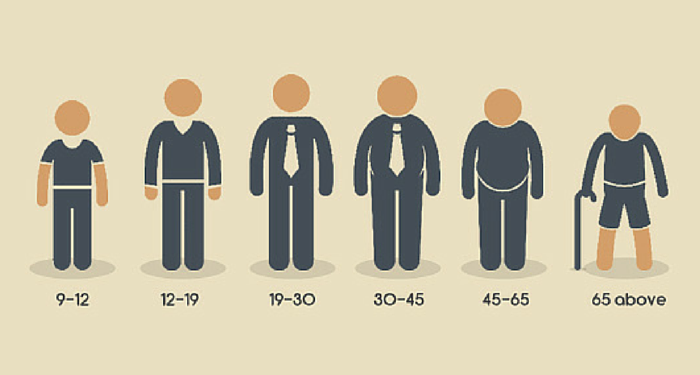Speaking Their Language: 4 Tips in Branding for an Age Group
If a company’s message falls down in the forest with no one to hear it, did it really even make a sound?
Just like the lonely tree tipping, a brand irrelevant to its audience’s age group is non-existent. Creating a desirable brand means creating an observable one, and sometimes that means translating your message to match the desires of those you want to buy in.
The major rifts in the mindsets between age groups make this translation a necessity. A 10-year-old and a 40-year-old might both want Sharpies, but the 10-year-old will draw dragons in art class, and the 40-year old will label his Tupperware. To prevent your business’ generation gap from showing, here are four tips to guide branding for your target age group.
- Find the listeners, and those you wish were.
Know the ages of those following your company’s story and responding to your brand messaging. The scope of people you’re actually reaching shows how much work you’re going to have to do. Use customer analytics to see what ages have their eye on your business, and then decide if you want to focus in on a group of them. Know the reason a target group might want what you’re selling, and why they’re different from who’s currently buying. Once you find out what matters to them, you can show why your brand matters too. - Use what you’ve got going for you.
Hey, it’s worked so far right? You don’t have to reinvent the wheel on your brand in order to reach a specific age group; you just have to repackage it. Take what you have and put a new spin on why it’s necessary to your demographic. Use the benefits you already know your brand has to offer and create specific connections in the reasons those benefits resonate with your target market. Estee Lauder was long known as a cosmetic brand for women 40-60 years old before they made Kardashian family member Kendall Jenner an official spokes-model. The brand instantly became teen friendly, without changing or adding a single product. You won’t hear this often in the business world, but find the “Kardashian” your brand needs. - Make less, more.
Make reaching the smaller sample group better than reaching the masses by presenting your brand more efficiently. Get specific, and tailor your message in a way that couldn’t be done for a catch–all group to make possible losses worth it. The criteria that motivates customers to buy ranges far and wide between ages. Once your ages get specific, the analysis of the criteria that matters to the desired age group will be more relevant and your tactics will be more successful. Sometimes effective brand strategy means making some cuts in the people groups you care about reaching. What good is a big audience if your message is not relevant or made specifically for anyone in it? - Don’t forget the other stuff.
Have you ever heard the phrase “age is just a number?” No brand can rely on one key component of a consumer’s identity to define all of their behavior. Tune in and target age groups you want to reach but leverage your strategies with the importance of other key demographics. Gender, race, socio-economic status, lifestyle and location can all make or break whether your message will be received.
Don’t let the appeal of your brand suffer due to information ill-communicated between ages. Once your brand finds its own crafted voice that speaks right into its targets ear, it will flourish stronger than yelling at the whole world. Make your sound count, just in case your company’s message ever falls down in a forest.
Learn more about building your best brand by downloading this FREE webinar, “Identifying The Opportunities In Your Brand Portfolio – Are You Capitalizing On Every Potential Business Opportunity Your Portfolio Provides?”
